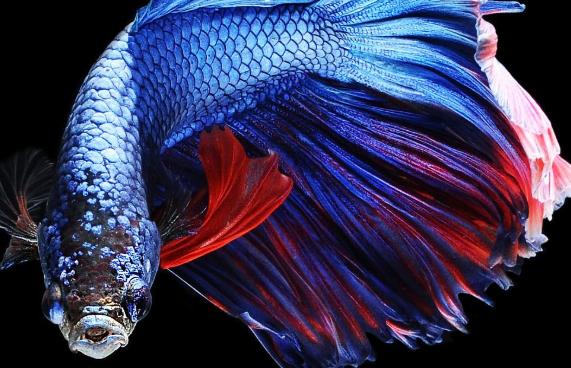Here’s a comprehensive guide to snails in betta fish tanks, covering ecological functions, management techniques, and risk control:

I. Recommended Snail Species and Functions
Apple Snail
Advantages: Efficiently cleans leftover food and algae; inexpensive, ideal for breeding tanks (bettas prey on young snails to control population).
Risk: Asexual reproduction can cause overpopulation; maintain density (1-2 snails per 10 liters of water).
Bee Horn Snail
Features: High aesthetic value, strong glass-cleaning ability, and won’t overbreed.
Orange Rabbit Snail
Special Skill: Acts as a "bulldozer" to aerate substrate, suitable for planted betta tanks. Use a lid to prevent escape.
II. Ecological Value of Snails
Water Quality Maintenance
Snails decompose leftover food, algae, and organic matter, aiding in establishing the nitrogen cycle.
Calcium Supplementation
Decomposing shells increase water hardness, benefiting betta fin development.
Biological Regulation
Bettas prey on small snails, forming a natural food chain balance.
III. Risks and Countermeasures
Overpopulation Issues
For apple snails, regularly remove egg clusters or introduce predatory snails (e.g., assassin snails) to control numbers.
Parasite Risks
Avoid wild-caught snails; quarantine new additions (e.g., soak in methylene blue).
Plant Damage
Gold snails and mystery snails may eat live plants. Remove them or use driftwood for scaping instead.
IV. Practical Tips
Introduction Timing
Add snails 3 days before introducing betta fry to pre-clean debris.
Co-Tank Warnings
Avoid housing with betta larvae, as snails may compete for oxygen.
Disease Prevention
Siphon substrate regularly to remove snail waste and prevent ammonia buildup.
With proper selection and management, snails can serve as efficient "cleaning crews" in betta tanks—but maintain dynamic balance for long-term success.
